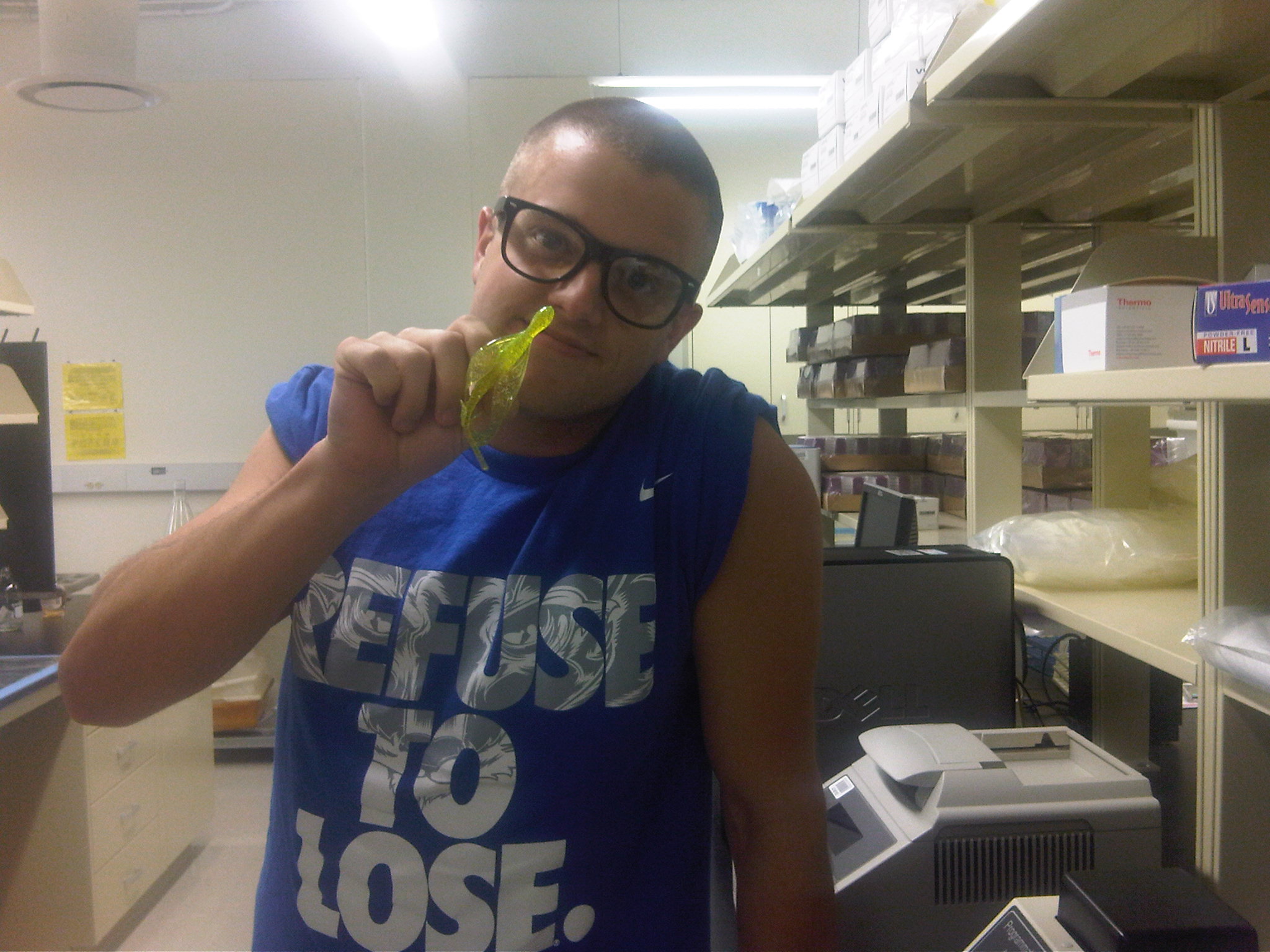LAB
CONTENT:
Each lab exercise
will have a www page associated with it. On the www page one will find
movies, protocols to conduct the laboratory exercise, and resources to
download. It is expected that one will view the movie and laboratory protocols
prior to coming to the lab period.
Lab report guidelines: Download HERE
The paper grading rubric HERE
The write up for
a lab exercises will need to be as if you were planning to submit it to
a journal for peer review by other research scientist. The format will
be as that described for the Journal of Comparative Biochemistry and Physiology
- Part A: Molecular & Integrative Physiology. Go to the www and look
up information for authors on this journal's home page.
http://www.elsevier.com/wps/find/journaldescription.cws_home/525464/description#description
then go to guide to authors
http://www.elsevier.com/wps/find/journaldescription.cws_home/525464/authorinstructions
Then go to how to list your references and see format for references. Also you can open up a past article and see how they formated them.
Sample
cover
letter to paper-1; Sample
paper-1; when published-PDF-1
Sample cover
letter to paper-2; Sample
paper-2; when published-PDF-2
More
detail on the grading for the lab write up. PDF.
STATS,
graphs and group data for the lab write up. PDF.
The results of
your laboratory exercises and of all the other students across all sections
will be posted on line. This data is to be used in your formal write ups.
Put your results in perspective of the whole. Statistical analysis is
REQUIRED and discussion of the analysis is expected.
Each laboratory
section has 1 TA (graduate teaching assistant). All the sections have
a www page with their data posted. This is the data that will be used
in the formal write ups. The data will be discussed in lecture. The underlying
concepts of the laboratory exercises will be on lecture exams. Content
presented in lecture and laboratories are expected to be integrative such
that content on quizzes in lecture or the lab can be mixed. No laboratory
or section will have an advantage over the others as quizzes are different
for each section and lecture exams are constructed so as not to cover
content that particular sections might not have experience yet during
the week.
The "manual"
for the exercises is what will be posted on line within the www pages
for each experiment. This is so the students will not have to buy a manual.
You will be responsible for printing it out or having, in some means,
the protocol to use for the laboratory period. Hard copies will not be
provided. Overall this should save the students money. We cannot guarantee
that the laboratories will have internet accessible during the lab period,
but most likely one should be able to get on the www. So don't rely on
the live feed from the www for your laboratory period. If you want, download
on to a flash drive and bring to the lab.
The TA's will be
grading quizzes and all material associated with the laboratories as well
as being responsible for taking attendance checks.
The
TA's are present to make the laboratory experience a valuable part of
your learning experience.
Laboratory
conduct:
Every student will have to have completed the on line safety test and
bring to the lab on the 1st day of your section meeting time. It is an
easy test and you can take it multiple times until you get a 100 % . Either
save and email your TA or print it out and bring to the lab. The TA will
check you off for having completed the exercise.
http://ehs.uky.edu/classes/chemhyg/chemclass.php
..............Drop down boxes Fill in: Thomas Hunt
Morgan building, Room 202, phone 257- 5950
Animal
care:
Even though you will be using primarily invertebrate animals in these
laboratories no torture of the animals is allowed. If any torturing occurs
to the animals it is reason to be expelled from
the course with an "I" (incomplete) or possible a "W"
(withdrawal) depending the timing within the semester.
No horse play, cutting up, playing ball etc.. allowed in the laboratory
period. Squirting someone with a solution in a syringe or a water bottle
can be dangerous. You might know it is water but another person does not.
3M KCl can be very harmful if squirted by accident in someone's eye.
We
will use a fixative in the lab. The fix solution is a Bouin's solution
(Prepared with saturated picric acid, formaldehyde and acetic acid; Sigma-Aldrich
Co.). Some people are very allergic to
the vapors of formaldehyde. If you
know you are allergic please inform the instructor (Dr. Cooper) as soon
as possible so we can make alternative plans. The fix solution is to remain
in the vented hood. |
![]()

